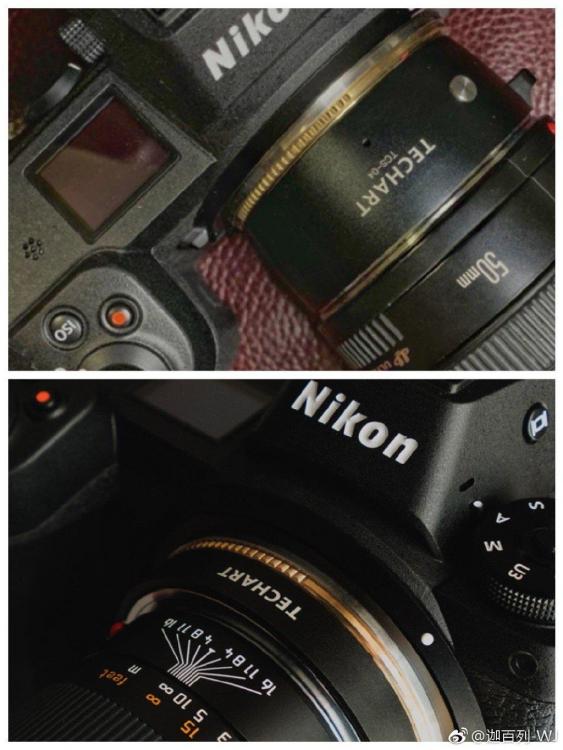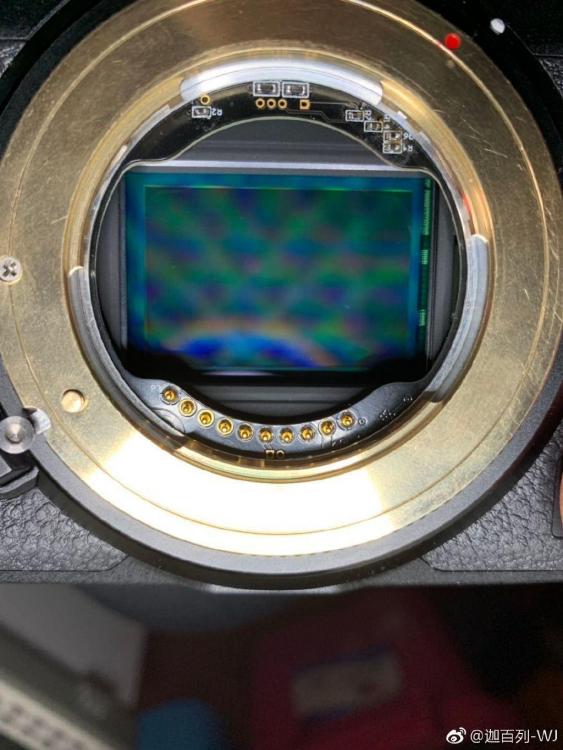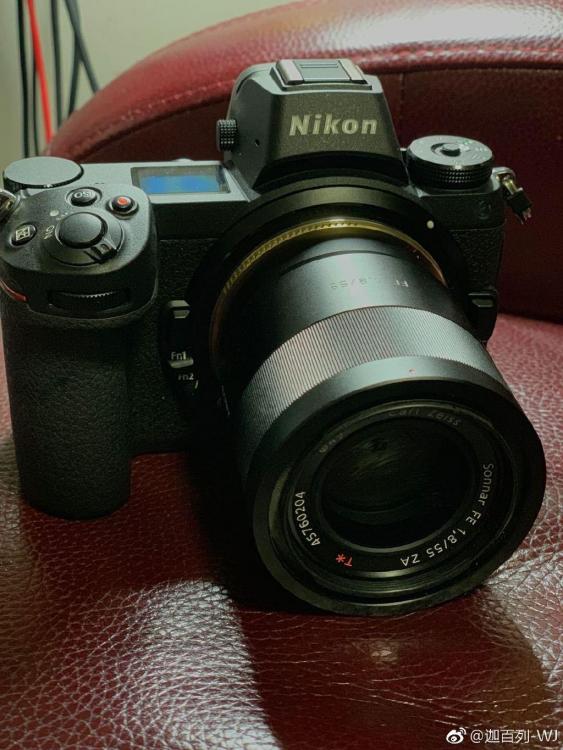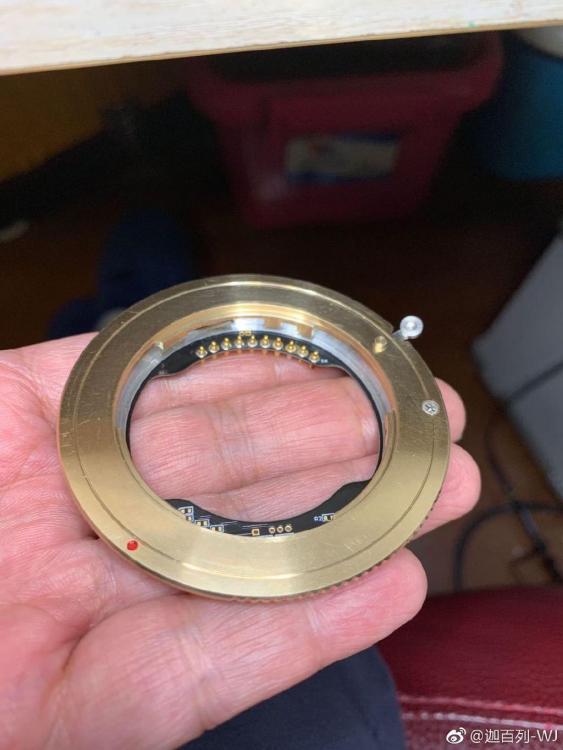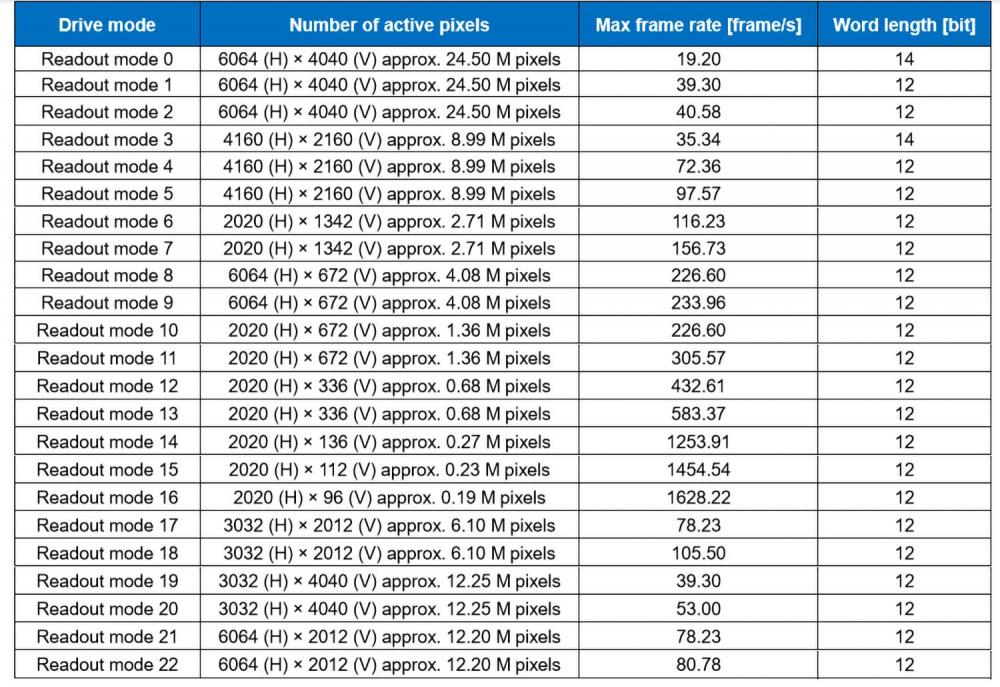
androidlad
Members-
Posts
1,215 -
Joined
-
Last visited
Content Type
Profiles
Forums
Articles
Everything posted by androidlad
-
EOSHD Opinion - The Sony A6400 is an absolute turkey
androidlad replied to Andrew Reid's topic in Cameras
They upgraded the sensor to IMX293 with 20nm lithography and new readout circuitry, only the analog photosites remain unchanged. -
You can use LUTCalc to generate 17^3 LUT sets with exposure compensation directly. Or Photoshop CC can downconvert LUTs to various resolution.
-
EOSHD Opinion - The Sony A6400 is an absolute turkey
androidlad replied to Andrew Reid's topic in Cameras
-
Looks like RF-E is being considered after all.
-
17^3 precision is more than enough for monitoring. The ones that support higher precision all downconvert to 17^3 internally.
-
RF 28-70 f/2 and Z6 with ProRes RAW would be a divine combo.
-
Techart Active with electronic contacts, so AF works. Z mount flange is 16mm, E mount is 18mm, X mount is 17.7mm. Maybe they can shave off 0.3mm.
-
By the way I was told there's a big Kaizen firmware coming for CM-55C around the end of this month. It'll be available here: http://www.swit.cc/productshow.aspx?id=320
-
There are three LUT options, camera/user/calibration, make sure you select "user".
-
They can be mounted but they obviously can't cover full frame.
-
Production sample, ready for release soon. They also showed it working with EF-E adapter on top of it, so you can use Canon lenses as well.
-
So this just happened: The flange difference between Z and E is only 2mm... This adapter is literally razor thin, and still manages to be electronic which supports AF. RF-Z is also planned, RF-E won't happen though.
-
They essentially put the A9 processor into A6400, so not likely.
-
Impressive touch AF with face detection, selection and tracking a6400.mp4
-
Recent generations of Nvidia GPUs can edit 8K 12bit HEVC in real time. It's just software that haven't catch up to take full advantage of the hardware.
-
It's the same A6300/6500 sensor, even the PDAF mask is the same with 425 points. Interface and processor are upgraded for a bit faster readout. Interesting that A6400 removed 29:59 recording limit.
-
Nikon Z6 / Z7 to go RAW with Atomos Ninja V - could Panasonic be next?
androidlad replied to Andrew Reid's topic in Cameras
ProRes RAW integration and licensing in third party apps such as Adobe Creative Cloud are currently underway, no ETA at the moment. Apple never intended for ProRes RAW to be confined in Apple ecosystem. -
4 to 1 binning to produce 12MP image in low light.
-
There's not much difference in terms of total DR between 12bit linear ProRes RAW and 10bit log ProRes HQ. But 12bit linear distributes DR to highlights more so we might see better highlight recovery, in certain situations, at an expense of reduced shadow detail.
-
12bit RAW is lossy compressed, if you meant Sony 12bit RAW stills. Nikon does change a lot of things, but not in video mode, they follow preset readout drive modes to save R&D resources. This particular one does not have 16bit ADC. For those that do have, framerate is way below 30fps. As mentioned above, the preset readout drive modes operate in 12bit.
-
1. ProRes RAW is linear, it's written in the whitepaper. 12bit lossy RAW photo is irrelevant in this discussion. 2. a. Yes it's based on IMX410. Z6's rolling shutter in 4K matches A7III down to milliseconds. 2. b. ADC determines RAW bitdepth.
-
This is what the Z6 sensor IMX410 is capable of with the fast and expensive SLVS-EC interface, note that Nikon uses subLVDS which is a lot slower. If you cross reference this with Mavo LF spec, it's identical. It's also an indication of the capabilities of Panasonic S1
-
Let's use some common sense: 1. ProRes RAW is linear RAW, 10bit code values are extremely insufficient for storing linear data, you'd get severe banding. ARRI uses 12bit log RAW and Sony CineAlta uses 14bit linear RAW. 2. Z6's base sensor IMX410 does not have 10bit ADC.
-
10bit N-log, 12bit ProRes RAW, case closed.

